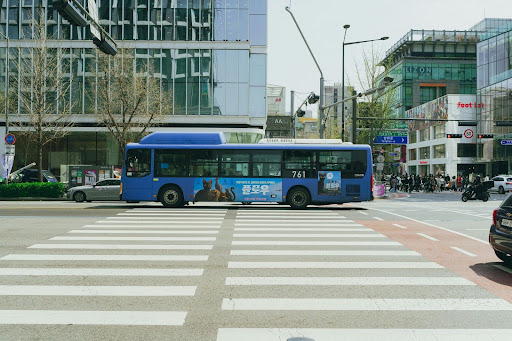An Examination of Transit Incidents and Their Legal Consequences by NYLawnet
The city’s extensive bus and tube system transports thousands of commuters every day. Yet, when there are problems with public transportation—maybe because of bad equipment, mistakes by people or poor decisions—the outcome can be very serious. Problems caused when MTA run buses and subways can disrupt the community, as they often raise issues of responsibility, control and answerability.
High-Profile Accidents Recently
Recently, the city has experienced a number of public tram accidents. In 2023, the trains ran off the tracks in Harlem, injuring many people and New York City started investigating how maintenance was handled. Similar to the 2017 event, an MTA bus in Brooklyn leaped the curb in 2024, injuring pedestrians. The event also led to complaints about how drivers are trained and selected.
Every incident uncovers flaws in a system that is trusted every day. Usually, the consequences in court are broad and result from the relationship among municipal liability, sovereign immunity and individual carelessness.
Laws and Issues
It is not always easy to get justice when someone gets injured on or by public transit. New York law gives the MTA certain defenses because it is a public authority. Those wishing to sue the MTA for an incident must notify the agency within 90 days of the incident using a Notice of Claim. The upcoming trial date can present a serious problem for those only recently hurt and for those who do not understand their legal options.
Also, finding who is responsible for any accident that occurs while things are being shipped is not always simple. Were they tired at the time of the accident? If such a tragedy happened, was it because proper maintenance was neglected? Did a problem with the signal control system go ignored? Usually, proving that negligence occurred on behalf of the driver or from the transit authority for common problems is important in legal cases.
Current Developments in Lawsuits and Responsibility
Judges in New York are looking more carefully at the MTA’s safety systems. There have been many cases where transit agencies were found guilty after accidents because they didn’t maintain machinery or follow safety rules. Besides, juries have to take into account acts of contributory negligence—particularly if the problem resulted from someone besides the driver or airline staff.
The influence of photos and statements from neighbours has increased in such cases. Engineers and safety specialists are now being called in by legal teams to review accident scenes and pinpoint faults in methods or tools.
Effects on Policy and Reform
In addition, such incidents lead to discussions about improving transit budgets, training operators and changing the system as a whole. Examinations by pedestrian accident attorneys in New York often drive the government to introduce safety measures—such as new devices to track drivers’ tiredness and better security for pedestrians near buses.
Such situations make it clear that attorneys should know a great deal about municipal law, regulations governing public transport and the rules connected with suing public bodies. The public tends to see them as signs of both how much systems control our city and how easily those systems might fail.
Conclusion
When there is an issue with public transit, it can be just as complicated to resolve things legally as it was for the accident happen. Since New York is developing, its transit laws and safeguards should also change. Careful law monitoring and responsible public rules will play a vital role in maintaining safety.
The resource continues to monitor advancements in transportation law and supports greater clarity and protection for commuter safety.


